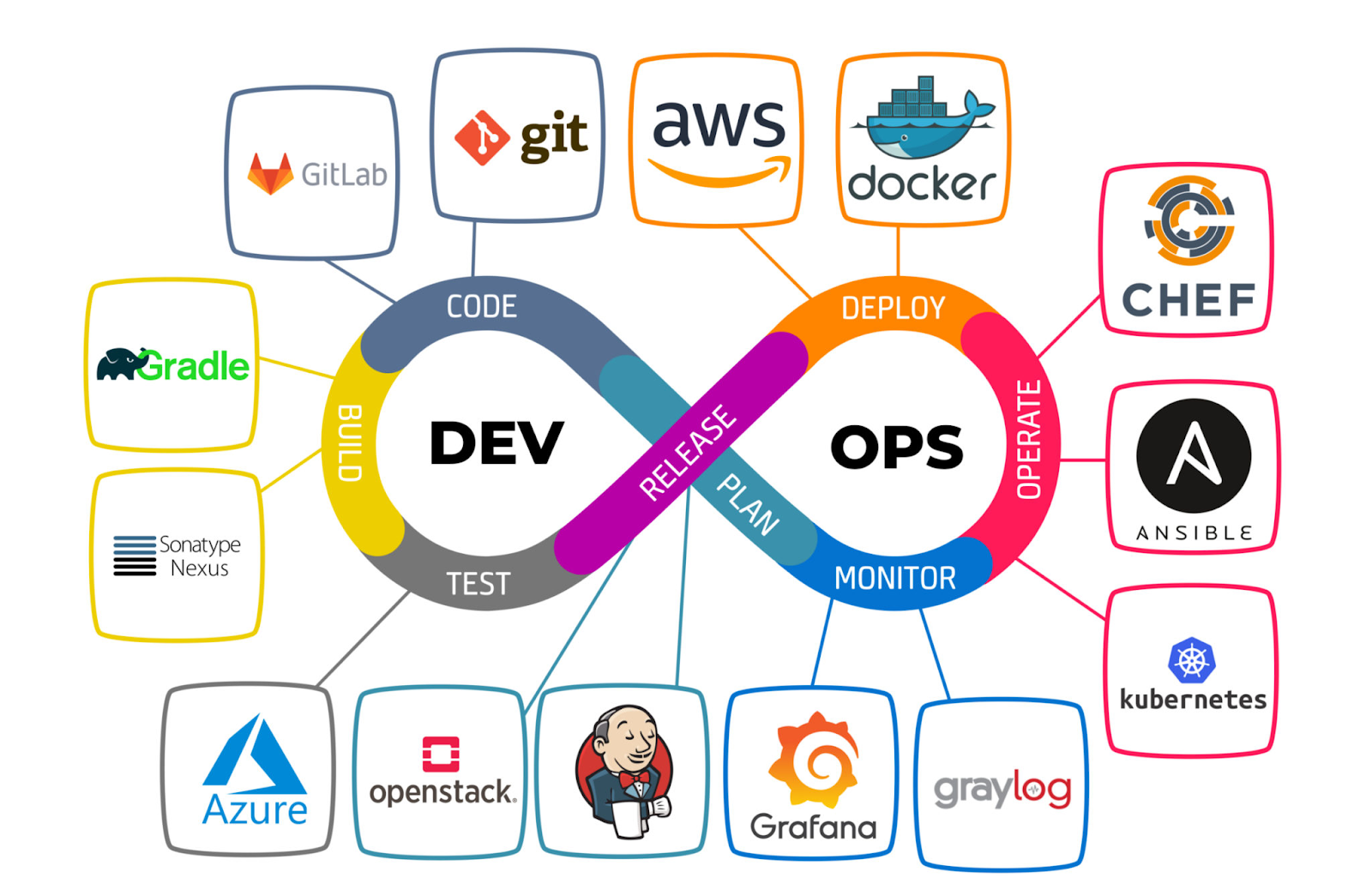AWS - EKS Failover
In this post, we will see how to do an AZ failover for an EKS Cluster.
Above is the typical multi-region failover where we will have 2 DNS records.
Primary EKS cluster in US-EAST-1 with DNS east.eks.com
Secondary EKS Cluster in US-WEST with DNS west.eks.com
This means we will have 2 A records for the address www.app.com.
DNS failover will happen whenever there is a health check failure.
But in this post, we will how to perform AZ resiliency. Regions are a collection of AZs.
Let's imagine an EKS Cluster is created on a single region us-east-1 with 2 AZs us-east-1a and us-east-1b.
In this single region architecture, We have core nodes 1 or 2 in each AZ (Nodes where K8s core components like Kube-API, Kube Scheduler, ETCD, and others will be running).
Similarly, We will have a set of worker nodes running on both the AZs (US-EAST-1A and US-EAST1B).
When we create a deployment with 2 replicas, each will be created in one AZ.
1st copy in US-EAST-1A
2nd copy in US-EAST-1B
This can be seen using # kubectl get pods -o wide or kubectl get pods --field-selector spec.nodeName=node1
Now, How we can do failover?
One important thing before we do failover. We must ensure the deployments are running with a minimum of 2 replicas else during the failover we will have downtime to create pods in other AZ.
Once that's validated we can perform TAINT and DRAIN.
TAINT -> Will mark the node UNSCHEDULABLE which means no new workloads are accepted on the worker node.
So, we TAINT all the worker nodes in US_EAST_1A using:
Eg:
# kubectl taint node us-east-1a-workernode key:NoExecute
root@kubemaster:~/.kube# kubectl describe node kubeclient1 | grep -i taint
Taints: key:NoExecute
root@kubemaster:~/.kube#
Once all the worker nodes are TAINTED then we need to DRAIN all the worker nodes in US_EAST_1A.
DRAIN -> Will delete the pods on the worker nodes and create them on available worker nodes. In our case, we drained all the US_EAST_1A worker nodes which will eventually force the workloads to recreate on US_EAST_1B.
# kubectl drain us-east-1a-workernode --ignore-daemonsets
Once all the worker nodes in us-east-1a are drained. You should see the workloads on us-east-1b.
Can be verified with # kubectl get pods -o wide or kubectl get pods --field-selector spec.nodeName=node1






Comments
Post a Comment